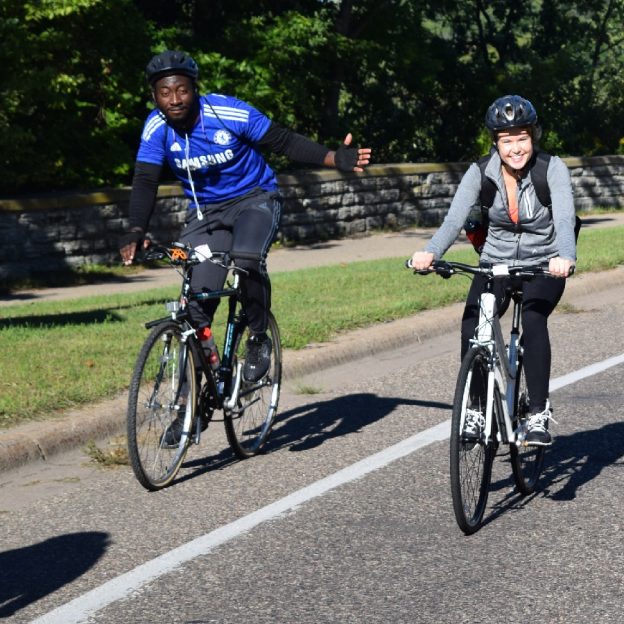Tag: bike clothing
-

What to wear for fall bike riding
Rather than putting a bike in storage early due to the fluctuation in weather, here’s the answer you’re looking for. To conquer this fall problem, wear layers. While this might seem obvious, the key lies in correctly layering appropriate clothing. If correctly done, it can optimize comfort for the rider. Not only that, but it…
-

Wearing a cycling jersey can make your ride more comfortable
Wearing a cycling jersey isn’t a requirement for riding a bike, but wearing a jersey does make for a more comfortable ride. What’s so special about a cycling jersey? The answer is in its material, the fit and the features.
